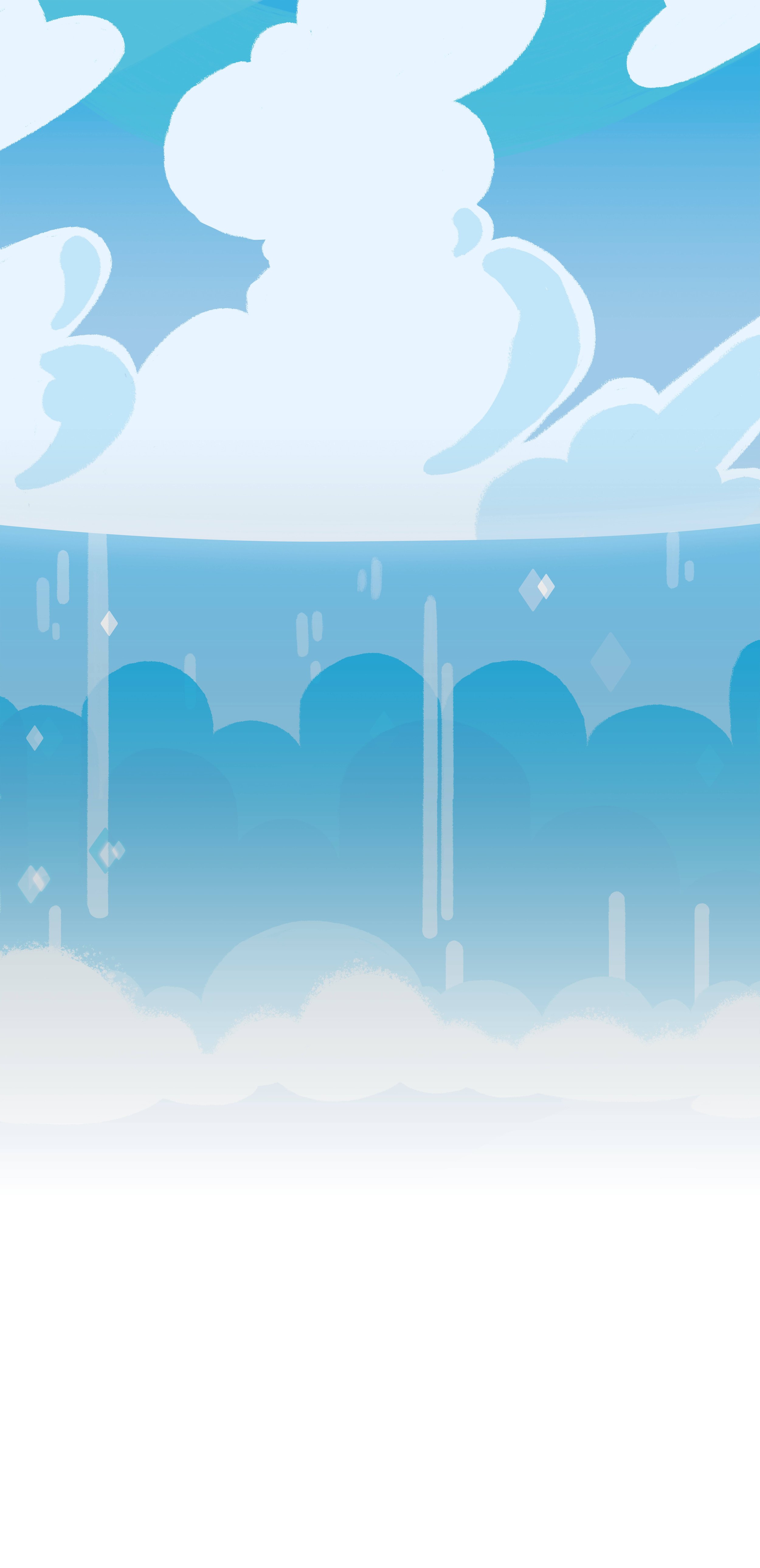
Seafrog is a 2.5D skateboard-like action platforming labor of love. First conceived in 2020, after studio layoffs led a colleague and I to strike it out on our own. This game was a journey, from starting during the pandemic to winning Grand Prize in the IGN Rogue Jam contest to showcasing on the other side of the world at Gamescom. We eventually released in early 2025 on Steam. Created using Unity.
-
Including but not limited to:
Architecture
Skateboarding-inspired Platforming Physics
Player Interactivity with Enemies, Items and Environment
Character Special Abilities
Enemies/Boss Logic
Progression structure, In-Game Map
Dialogue System
UI using Unity’s uGUI Canvas system
And more!
-
Created and iterated on prototypes to solve design problems and nail our platforming physics, abilities, and game modes.
This game underwent countless prototypes early on as we figured out what worked and what didn’t. These prototypes made us realize we were trying to do too much (this was an entirely different game at one point!). We refocused, removing everything that didn’t revolve around the core skateboarding-platforming
-
Dove deep into optimization on this game looking to improve the experience on lower end hardware. This phase of development is one of the most satisfying for me. Feels like I finally get a chance to tidy up. I love the feeling of figuring out ways to do the same operations in a more concise, simple way.
Past Work
** NOTE: Unfortunately all previous works made at Grumpyface Studios are no longer available for purchase, taken down from all storefronts. Grumpyface Statement
Steven Universe: Unleash the Light (2019, iOS) was an RPG created during my time at Grumpyface Studios. It was the final game released by the studio before it went into haitus in late 2020. In my role, I:
-
I was responsible for various character abilities and their associated mini-games. This meant implementing and synchronizing character animation and effects with UI timing focused mini-games.
-
Involved in its production from design stage to final implementation. These puzzles had the player moving around small towers along grid-based tracks that would reflect a light source in a specific direction. The player’s goal was to arrange the towers to reflect light into the Light Pyramid to complete the puzzle.
This was a very fun task to tackle at the time: figuring out how to cleanly reflect the light, handle smoothly snapping towers to grid spaces, dealing with looped reflections, and resolving color combinations of different lights.
-
I had a lot of fun creating the bosses and their sequences, especially the Drill Boss, a mech with two giant drills for arms, packed full of tiny, mean enemies.
I collaborated closely with the Creative Director, not just to implement the boss, but to inject charm into the experience. One moment that stood out was the intro: instead of simply having the player follow a tiny enemy in a straight line, I made the little guy dart through the background, then across the dimly lit foreground. The Creative Director loved it, and it stayed in the final game.
The boss fight itself was a fun design challenge. The mech’s health was tied to the swarm of enemies inside it. You’d first break the windshield to eject a few of them, defeat those to actually deal damage to the boss, and then any remaining mini-enemies would leap back in at the end of your turn to keep the fight going.
-
Brought over the Cheeseburger Backpack from Save the Light and added new modes/features that conformed to the design of this new game.
Steven Universe: Save the Light (2017, Xbox One/PS4) was a 3D, console-first, RPG sequel to Steven Universe: Save the Light (2015, iOS) created at Grumpyface Studios. This was my first exposure to console development. Looking back I’m pretty proud of the work I did on this game given the extremely challenging timeline this game was on back then. It even had a physical release! In my role, I:
-
Handled profile switching, cloud saves, achievements, and tackling shader challenges unique to Xbox.
The Xbox unique shader issue I’ll always remember was when the entirety of the environment would, at some point, suddenly only render as wireframes, causing quite the panic in the studio. After days of research and debugging, I found that Unity’s built in anti-aliasing was causing the issue. Turning this off fixed the visual bug but now the game looked terrible. I ended up implementing an anti-aliasing post processing effect to replace it.
-
Character Abilities, Tag-Team Abilities, Enemy Logic, Combat Designer tools, and Bosses
-
Created an editor tool that automated the creation and placement of Off Mesh Links that connected Nav Meshes across the game world to allow NPC party members to follow the player across jumps.
-
Handled the UI implementation of the Cheeseburger Backpack item inventory. Handled the Radial navigation, and the challenge of infinitely scrolling a radial menu of fixed physical size but unlimited possible held items.
-
Pushed the team to embrace the power of shaders to do things we normally couldn’t do on mobile devices, like: post processing, transparencies, stencil shaders, and decals
Teen Titans: Go Figure! (2018, iOS) was a collectible toy battling game where players explored an overworld city, completed quests, and played mini-games, all to collect, upgrade, and battle DC-themed figures in the Teen Titans Go universe. In my role, I:
Contributed the creation of various character abilities
Created the Ticket Hunting mini-game
Implemented a node based pathfinding algorithm that allowed the player to tap anywhere on the map and the player character would find the quickest path to the given location
Powerpuff Girls: Flipped Out! (2016, iOS) was an action beat em' up and color matching puzzle game rolled into one. When your device was held in landscape, you fight in Action mode, when in portrait you play the Puzzle mode. The game felt very unique for its time and actually leveraged the mobile phone experience I think a lot of other titles at the time didn't. Looking back at this project, my inexperience at the time really showed.
-
Implementation of special abilities, Throwing weakened enemies, Auto Attacking, Character Health, Boss logic and effects
-
The core idea had The Powerpuff Girls on a grid and each girl able to be moved like a Queen in Chess. Swiping on them would make them fly in that direction until they hit an interactive object, the object could be anything: an Enemy, an item or even another one of the Girls. Then they would throw the object in any direction. The object would stop at the first obstacle in its path, pushing that other object into an adjacent space in the direction of movement. This led to chain reactions as objects would push each subsequent object into the next space. An interesting part was that throws can be chained between the Girls if they are positioned correctly. This core rule also led to some fun scenarios: no matter how it got there if an object crosses into a Girl’s space that Girl was able to immediately throw said object in any direction.
Passionate game developer of over 10 years. Bringing games to life energizes me. I hope to work on as many creative, innovative games as I can as long as I can.

